Creating an outdoor oasis doesn't have to be reserved for large yards or sprawling gardens. Even if you have a small patio, balcony, or limited outdoor space, you can transform it into a tranquil retreat that feels like a luxurious escape. With some thoughtful planning, creative design, and a little DIY spirit, you can craft a serene outdoor oasis that suits your style and needs.
Define Your Space
The first step in designing your outdoor oasis is to define the space. Even the smallest areas can be enhanced with the right approach. Consider your layout and how you want to use the space:
- Seating Area: A cozy seating area can be the heart of your oasis. Whether you choose a single comfortable chair, a small bistro set, or a daybed, it should be a spot that invites relaxation.
- Greenery: Incorporating plants, flowers, and even small trees can bring life to your space. If you’re tight on space, use vertical gardens, hanging planters, or railing planters to maximize greenery without taking up floor space.
- Privacy: If your outdoor area is overlooked by neighbors or located in a busy area, create privacy with trellises, fabric screens, or climbing plants like ivy.
 (Pictured: Hillside Barn Outdoor Loveseat)
(Pictured: Hillside Barn Outdoor Loveseat)
Choose a Color Palette
Just like indoors, choosing a cohesive color palette for your outdoor space can tie everything together. Opt for soothing tones like soft blues, greens, or neutrals to evoke calmness and serenity. You can also experiment with vibrant colors for a more energetic vibe but be careful not to overcrowd the space with too many different hues.
- Neutral base: Choose neutral furniture and fabrics like beige, gray, or white for your main pieces.
- Accent colors: Add pops of color with cushions, throws, rugs, and decorative items.
-703.jpg) (Pictured: Sundown Treasure Outdoor Rocking Chair)
(Pictured: Sundown Treasure Outdoor Rocking Chair)
Maximize Furniture and Layout
In smaller outdoor areas, the right furniture can make a big difference. The key is to choose pieces that are functional, comfortable, and space-saving.
- Foldable and stackable furniture: Chairs, tables, and benches that can be easily folded or stacked will allow you to rearrange or store them when not in use.
- Built-in seating: If you're handy with DIY projects, built-in benches or seating around the perimeter of your space can save room while offering plenty of seating.
- Multi-functional furniture: Look for furniture that serves more than one purpose, like a bench with a secret storage compartment.
 (Pictured: Swiss Valley Outdoor Sofa)
(Pictured: Swiss Valley Outdoor Sofa)
Use Lighting to Set the Mood
Lighting plays a significant role in creating ambiance, and it can be especially magical when you have limited space. Here are a few ways to incorporate lighting into your outdoor oasis:
- String lights: Hang soft, twinkling string lights around the perimeter of your space, on railings, or overhead to add warmth and charm.
- Lanterns or candles: Softly flickering lanterns or candles can add a romantic feel. Opt for battery-operated versions if you’re worried about safety.
- Solar lights: Solar-powered lights are eco-friendly and cost-effective. Place them along pathways or around your plants to create a peaceful, glowing environment.
-706-PILLOW.jpg) (Pictured: Danson Outdoor Chair)
(Pictured: Danson Outdoor Chair)
Incorporate Natural Elements
You don’t need a garden to have an outdoor oasis; nature is what brings the space to life. Add elements that connect you to the outdoors, whether through texture, scent, or sounds.
- Water features: A small fountain or birdbath can provide soothing sounds and make your outdoor area feel more serene. Even a tiny tabletop water feature can create a calming atmosphere.
- Natural materials: Incorporate natural materials like wood, stone, or bamboo for furniture, planters, and flooring. These materials blend seamlessly with plants and enhance the natural feel of your space.
- Rocks and pebbles: If you don’t have room for a full garden, small rocks or pebbles scattered around can evoke a zen-like, natural aesthetic.
 (Pictured: Odyssey Blue Outdoor Dining Table & 2 Chairs)
(Pictured: Odyssey Blue Outdoor Dining Table & 2 Chairs)
Add Personal Touches
To truly make your outdoor space feel like an oasis, add personal touches that reflect your taste. Here are a few ideas:
- Textiles: Cushions, throw blankets, and outdoor rugs can help make your space feel cozy and inviting. Choose fabrics that are durable and weather-resistant.
- Art: Weatherproof art pieces, such as sculptures, wall art, or ceramic pieces, can enhance your space and add character.
- Personal items: Add a few of your favorite outdoor accessories, such as a favorite book, a beautiful vase, or a colorful bowl. These small details can make the space uniquely yours.
 (Pictured: Serene Bay Outdoor Loveseat)
(Pictured: Serene Bay Outdoor Loveseat)
Embrace Minimalism
When you’re working with limited space, the key is to embrace simplicity. Don’t overcrowd the area with too many pieces of furniture or decor. Focus on what’s most essential for comfort and style, and let your space breathe.
- Fewer, better items: Choose a few high-quality, multifunctional items rather than a bunch of small pieces that may clutter the space.
- Declutter regularly: Keep the space tidy and free of unnecessary items to ensure it always feels like an oasis.
 (Pictured: Paradise Trail Outdoor Fire Pit Table)
(Pictured: Paradise Trail Outdoor Fire Pit Table)
Consider Seasonal Changes
To keep your outdoor oasis looking great all year round, think about how it will transition with the seasons.
- Winter: In colder months, use blankets, rugs, and even heat lamps to create a cozy atmosphere. You can also add winter-friendly plants that thrive in colder weather.
- Summer: Add extra shade with an umbrella, canopy, or a pergola to keep the space cool. Refresh the look with bright, cheerful accessories.
- Fall: Warm up the space with earthy tones in your decor and introduce cozy throws to welcome the autumn season.
No matter how small your outdoor space may be, creating an oasis is all about designing a peaceful environment that allows you to unwind, relax, and enjoy nature. By choosing the right furniture, incorporating natural elements, and adding personal touches, you can turn even the smallest space into your very own backyard retreat.






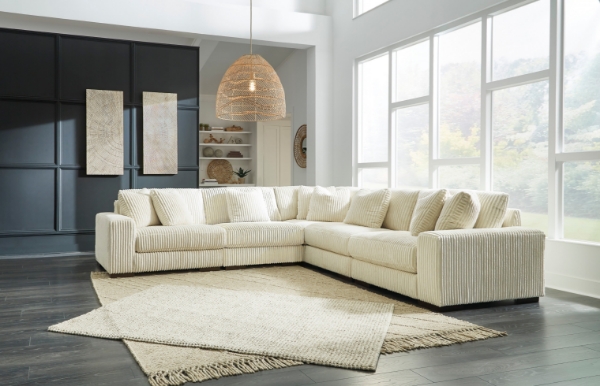
 (Pictured:
(Pictured: .jpg) (Pictured:
(Pictured:  (Pictured:
(Pictured: 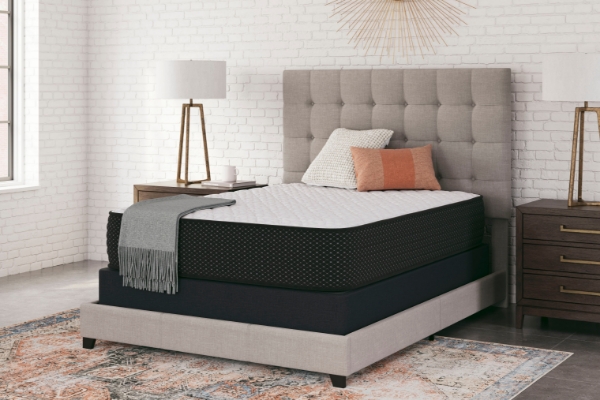
 (Pictured:
(Pictured:  (Pictured:
(Pictured: 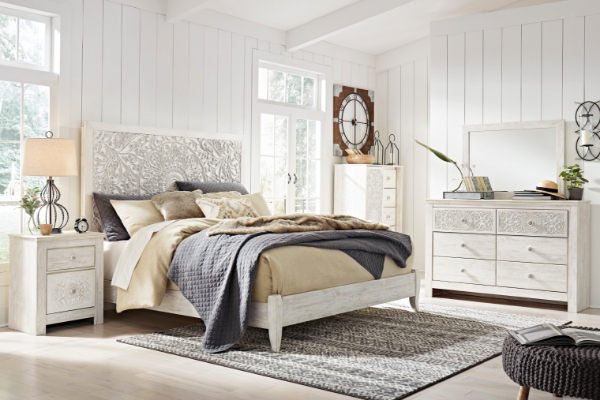
.jpg) (Pictured:
(Pictured:  (Pictured:
(Pictured:  (Pictured:
(Pictured: 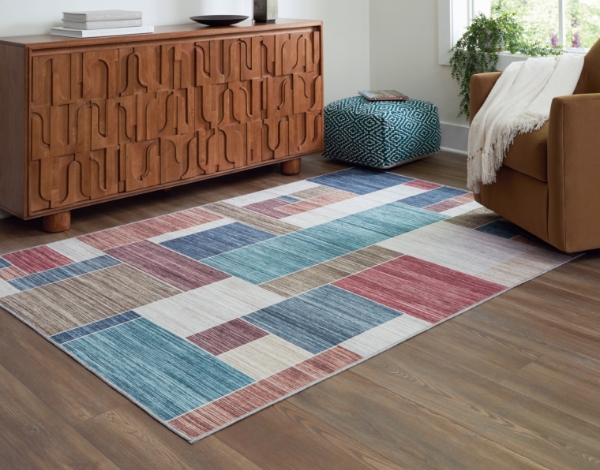
 (Pictured:
(Pictured: 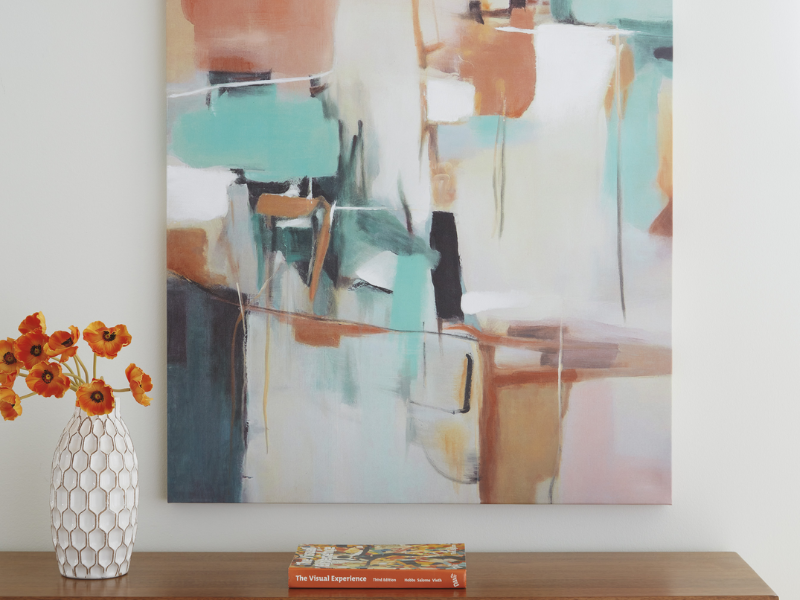 (Pictured:
(Pictured:  (Pictured:
(Pictured:  (Pictured:
(Pictured:  (Pictured:
(Pictured: 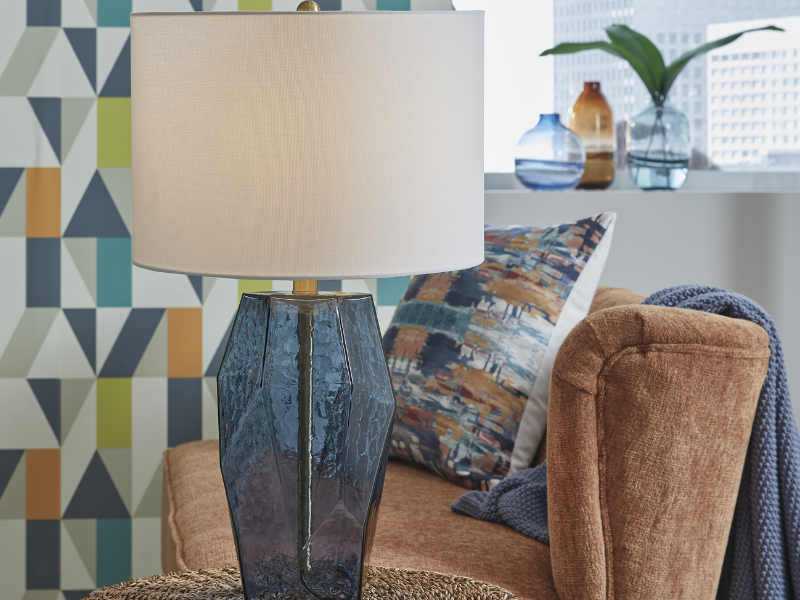 (Pictured:
(Pictured:  (Pictured:
(Pictured: 
